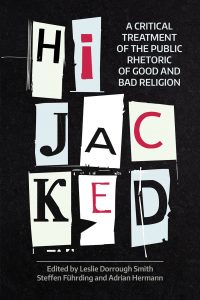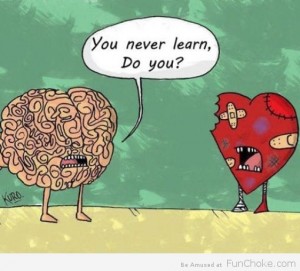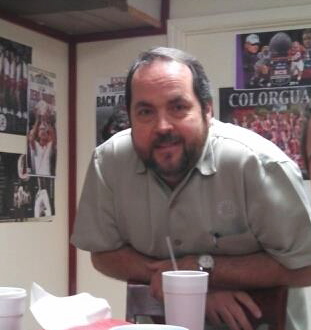 “Look! . . . Up in the sky. . . . It’s a bird. . . . It’s a plane. . . . No, it’s Superman!” When someone points out something in the distance, like an object flying through the sky, it can be hard to recognize just what it is. We attempt to name it, place it in a clear category, but sometimes our categories don’t fit, especially when working with complex societies, and the category that we attempt to force it into often influences what we actually see.
“Look! . . . Up in the sky. . . . It’s a bird. . . . It’s a plane. . . . No, it’s Superman!” When someone points out something in the distance, like an object flying through the sky, it can be hard to recognize just what it is. We attempt to name it, place it in a clear category, but sometimes our categories don’t fit, especially when working with complex societies, and the category that we attempt to force it into often influences what we actually see.
Arkotong Longkumer, in Reform, Identity and Narrative of Belonging (a 2010 book on the Heraka movement in northeast India), analyzes an intriguing community and movement that engaged politics, economics, social change, ritual shifts, and ethnicity, to name a few areas of interest. The context of the movement was the increasing imposition of British rule in the region in the early twentieth century, including the British encouragement of immigration to the area that disrupted the traditional migration cycle and the agricultural system that required it. The simultaneous opportunity for education and government jobs combined with the necessity of alternative forms of labor in the wake of declining agricultural production. All of this required a revision in ritual practices and social restrictions to reduce the expense of animal sacrifices and the limitations on mobility and individual independence from the community, as they adapted to the changing environment. The contexts also fostered interest in uniting different groups politically in opposition to, at times, the British and other communities. In fact, the image above of one of the leaders is entitled “Indian Freedom Fighter”. Continue reading “Freedom Fighter or Prophet”
 Just published: Hijacked: A Critical Treatment of the Public Rhetoric of Good and Bad Religion, edited by Leslie Dorrough Smith, Steffen Führding, and Adrian Hermann (Equinox, 2020).
Just published: Hijacked: A Critical Treatment of the Public Rhetoric of Good and Bad Religion, edited by Leslie Dorrough Smith, Steffen Führding, and Adrian Hermann (Equinox, 2020).

 “Look! . . . Up in the sky. . . . It’s a bird. . . . It’s a plane. . . . No, it’s Superman!” When someone points out something in the distance, like an object flying through the sky, it can be hard to recognize just what it is. We attempt to name it, place it in a clear category, but sometimes our categories don’t fit, especially when working with complex societies, and the category that we attempt to force it into often influences what we actually see.
“Look! . . . Up in the sky. . . . It’s a bird. . . . It’s a plane. . . . No, it’s Superman!” When someone points out something in the distance, like an object flying through the sky, it can be hard to recognize just what it is. We attempt to name it, place it in a clear category, but sometimes our categories don’t fit, especially when working with complex societies, and the category that we attempt to force it into often influences what we actually see.
 Bruce Lincoln, Holy Terrors: Thinking About Religion After 9/11 (Chicago: University of Chicago Press, 2003)
Bruce Lincoln, Holy Terrors: Thinking About Religion After 9/11 (Chicago: University of Chicago Press, 2003) Q:
Q: